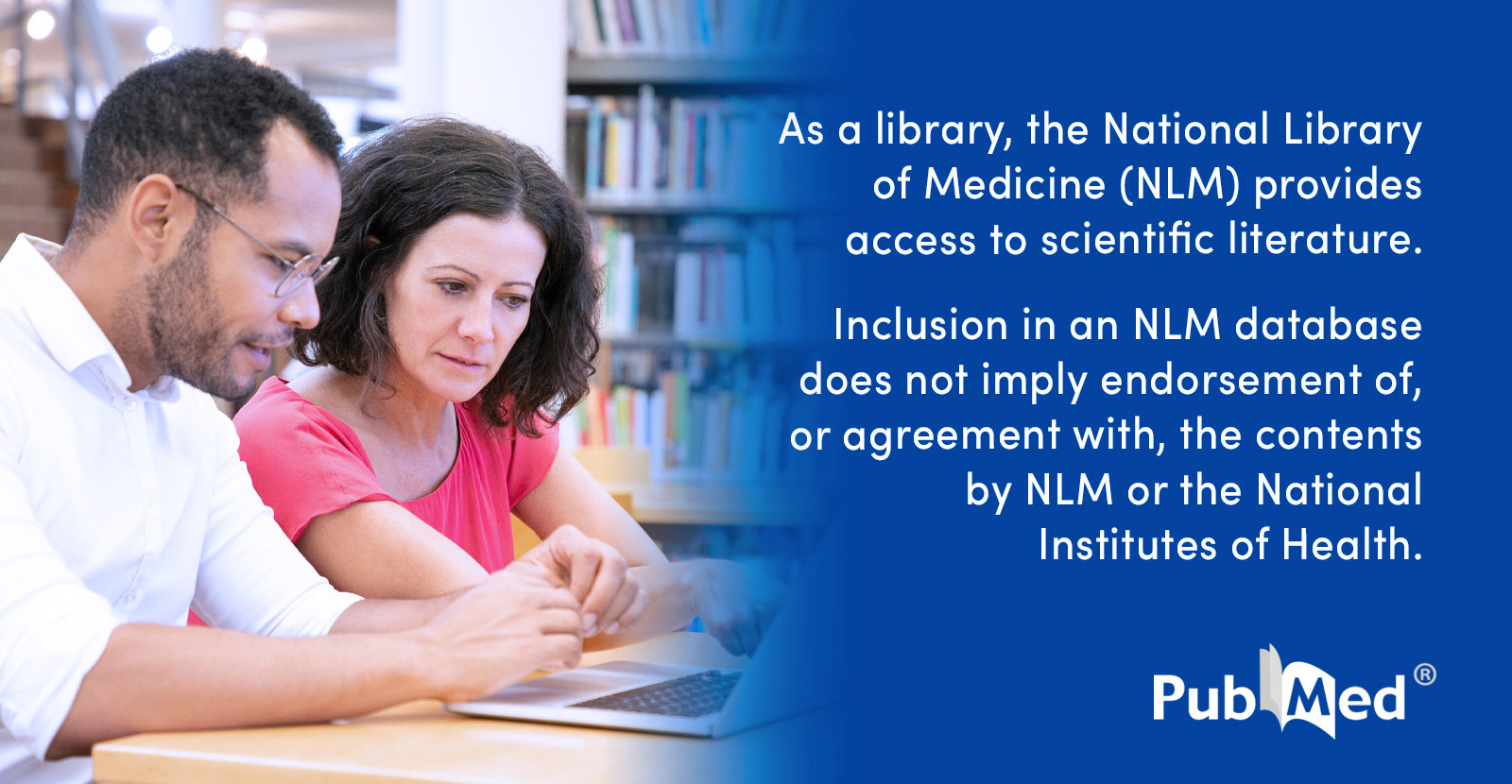Foxx
The Living Force
I've been taking Berberine recently as it was suggested to me by a practitioner to improve lung function, which it has been doing pretty effectively. I've had lung mucous for a long time and it's been quite mysterious, although I have suspected that it was caused by a fungus of some type (a yeast more specifically is what I was thinking). It's a little early, but the Berberine does appear to be tentatively helping with that.
In that vein, I was looking around to see if Berberine has antifungal properties and it appears that it does:
Berberine Antifungal Activity in Fluconazole-Resistant Pathogenic Yeasts: Action Mechanism Evaluated by Flow Cytometry and Biofilm Growth Inhibition in Candida spp.
In that vein, I was looking around to see if Berberine has antifungal properties and it appears that it does:
Berberine Antifungal Activity in Fluconazole-Resistant Pathogenic Yeasts: Action Mechanism Evaluated by Flow Cytometry and Biofilm Growth Inhibition in Candida spp.
Berberine is a protoberberine-type isoquinoline alkaloid isolated from the roots, rhizomes, and stem bark of natural herbs, such as Berberis aquifolium, Berberis vulgaris, Berberis aristata, and Hydrastis canadensis, and of Phellodendron amurense. Berberine has been proven to have broad antibacterial and antifungal activity. In the present study, the potential antifungal effect of berberine against fluconazole-resistant Candida and Cryptococcus neoformans strains, as well as against the biofilm form of Candidaspp., was assessed. The antifungal effect of berberine was determined by a broth microdilution method (the M27-A3 method of the Clinical and Laboratory Standards Institute) and flow cytometry techniques, in which the probable mechanism of action of the compound was also assessed. For biofilm assessment, a colorimetric 3-(4,5-dimethyl-2-thiazolyl)-2,5-diphenyl-2H-tetrazolium bromide (MTT) assay was used to determine the susceptibility of sessile cells. The isolates used in the study belonged to the Laboratory of Bioprospection and Experiments in Yeast (LABEL) of the Federal University of Ceará. After 24 and 72 h, fluconazole-resistant Candida and Cryptococcus neoformans strains showed berberine MICs equal to 8 μg/ml and 16 μg/ml, respectively. Cytometric analysis showed that treatment with berberine caused alterations to the integrity of the plasma and mitochondrial membranes and DNA damage, which led to cell death, probably by apoptosis. Assessment of biofilm-forming isolates after treatment showed statistically significant reductions in biofilm cell activity (P < 0.001).

 .
. 

